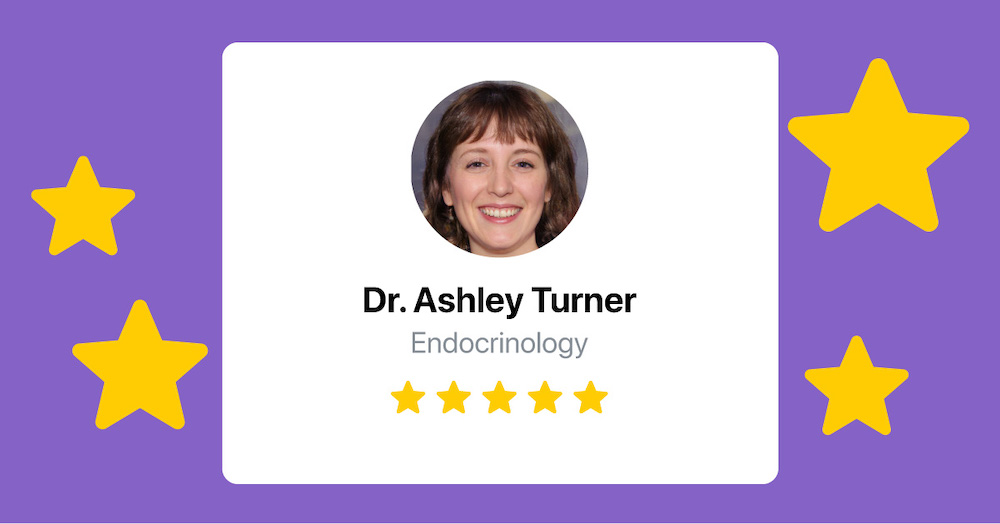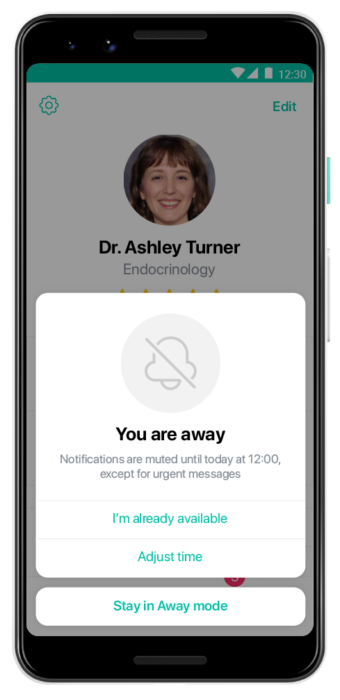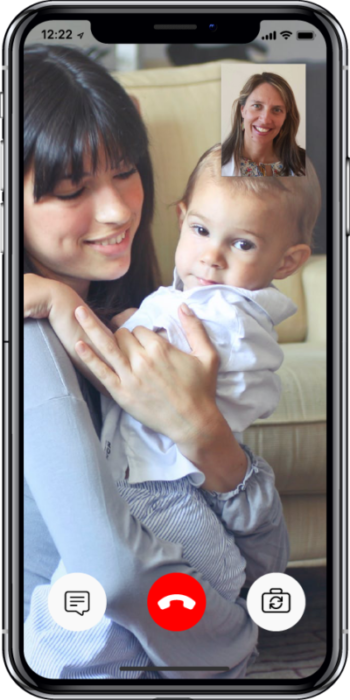
Research and feedback show that a good medical consultation cannot go without good communication skills.
Did you know that patients judge as a major indicator of their doctor’s general competence, his or her communication manner? Yes, this is correct. Doctors should not underestimate the value of online communication skills in their telemedicine practice. Patients don’t understand how much doctors know unless they communicate their message the right way.
The first impression is the catalyst for a good patient-doctor relationship, in both face-to-face and telemedicine consultations. The most determining factor for this first impression is how the doctor communicates from the very start of the consultation until the end of it.
Statistics show that the majority of patients would recommend a doctor or make an appointment for a follow-up if they were satisfied with the overall experience the first time. For instance, a Stanford University study from 2018 showed that a doctor’s words and positive interaction increase the efficacy of treatments and also influence symptom relief. The tone, pitch, pacing, and volume of voice are only some of the essential prerequisites for building a trusted patient-doctor relationship.
Read on to learn more about the other ultimate approaches to effective communication both via chat-based and video consultations.
Tips for chat-based consultations

Greet your patients
Make your patients feel welcomed and appreciated by inviting them to a friendly conversation. Be the one that predisposes them first by making them feel comfortable and showing them you listen to what they are saying. Start less formal and with a simple greeting like “Hi” or “Hello”, and tell them that you are there to help them. Otherwise, your lack of interaction and reciprocity might be misconstrued by patients as indifference.
Avoid complicated medical terminology
The words “femoral” or “hematemesis” might be words from your daily vocabulary, yet it is more likely your patients are unfamiliar with those. The use of such medical terminology that is unknown to patients can result in panic and confusion. In order for the diagnosis and treatment to be as clear as possible to patients and their caregivers, you have to keep your content as accessible as possible. One good way to do that is to make analogies that can be better identified by patients.
Indicate time availability

If you can’t handle the consultation right away for any reason, it is perfectly okay to apologize and inform your patient that you are away and you will answer their question later by giving a specific time.
Healee, for instance, offers you the advantage of saving such replies to your Healee MD profile and using them each time such a situation occurs, without having to type the message again.
Show empathy and compassion
When patients turn to you for help and advice, they bring a variety of feelings with them, like fear, anxiety, depression, etc. Expressing empathy is one of the most valued ways to support your patients in these moments. It is proved that by providing comfort, empathy, and connecting to your patients by putting yourself in their shoes, you are fostering a good relationship with them.
You can simply do that by imagining yourself or your loved one going through the same thing. You not only increase patient satisfaction but also achieve better patient outcomes as patients have better adherence to prescribed treatment and recommendations. One medical study shows that patients of doctors who had positive attitudes towards them, participated more actively in their health care. Another study from the Journal of the American Board of Family Medicine found out that empathy and compassion have a big impact on improving outcomes.
Be informative, avoid ambiguity
Make your answers as exhaustive as possible because patients come to you for advice. Make sure you provide them with thorough responses and address all issues presented to you. The more elucidative you are, the higher the patient satisfaction will be. You can do that by following the real consultation process precisely: define a clear start of the consultation, diagnosis, prescription, closure, follow up, etc.
Slow down
Make sure you present the information in a slow fashion as this helps patients have more time to comprehend and formulate any questions which can otherwise be missed if everything is rushed out.
In order for the patient to be able to better follow and understand your advice, it is best you send all the information summed up in a single message, rather than many short ones. Be as informative as you can, and write your full response before sending it to the patient, in order for them to better follow your logic and not get distracted.
Be careful with grammar
People judge your grammar, spelling, and punctuation all the time. Patients have more confidence in your professionalism when you take care of your grammar. Moreover, punctuation is important so that you deliver your message in the correct way.
I hope you are already impatient to start greeting your old and new patients and start practicing the other tips. Here are 6 more tips and tricks on how to develop a meaningful and trustworthy relationship with your patients via video calls. These tips can be even more valuable to you as in reality, patients prefer video to chat consultations.
Tips for Video consultations

Good internet connection
The first and most important tip is to make sure you have a stable broadband internet connection. It is important that the bandwidth and speed of the internet connection are good enough to deliver the finest video quality, and patients to be able to transfer and receive data faster.
Proper lighting
Make sure you have enough light in the room where you’ll be carrying out the consultation. Make sure no shadows and backlight are on the spotlight to distract patients and make you look tired, ill or creepy.
Instead, you can try to light up your face with an adjustable lamp on your desk but please don’t use your computer monitor as your light source. Front-facing natural light is best, as it brightens your skin, giving it a clear quality. Another tip here would be if you are wearing glasses and you don’t want the monitor reflection on them, you can adjust the brightness on the monitor in front of you.
No distractions
Prepare in advance the placement of your camera, find a quiet location and make sure there will be no distractions for your patient. One example is to exclude doors from the environment because some patients might think that someone else can walk in and overhear sensitive health information.
Maintain eye contact
Make sure you are looking at the camera when using video calls. If you are looking somewhere else this could mean that you are indifferent to the whole conversation.
Call your patients by their names
Using the patient’s name, at the start or during the consultation, makes it more personal in either video or chat environment. Greeting your patients is more than just an ice breaker, it is an opportunity to build a more inclusive environment and establish harmonious rapport with them.
Surveys show that patients, especially the ones under the age of 65, prefer to be called by their first names. Moreover, there is research that found there is a unique brain activation specific to hearing one’s name. People like to be seen as individuals and not just like the next patient.
Smile more
Plenty of studies have shown that when you smile, you appear more attractive and confident to patients because the act of smiling affects the part of the brain that regulates their emotions.
People say that “Smile is a powerful medicine” because it improves health by lowering your levels of stress as well as your heart rate. If you smile at the right time it is more likely that your patient will smile in response too, which will release endorphins and serotonin in their bodies which will help them relax and lower their blood pressure.
Facial expressions, including the movements of your mouth, should be maintained according to the situation. If you need to emphasize an important part of the diagnosis and treatment, you need to maintain a serious look.
US doctors from Scripps Mercy Hospital have already acknowledged the effect of smiling, and amid the COVID-19 pandemic, they wore smiling photos of themselves onto their protective gear, in order to put patients at ease. Doesn’t that bring a smile on your face?
Stay focused on your patient
Patients have come to you for advice and you need to show them you are there for them. Remove all distractions that can divert your attention from the conversation. Watch patients’ facial expressions – they can be a good indicator of anxiety which you can address with soothing words. Vise versa, make sure that your facial expression will speak volumes to your patient.
Conclusion
These were all examples of small things in the communication funnel that make all the difference. Online communication during a consultation is a two-way process: if you want your patients to respond and communicate with you in a meaningful way, you should make sure you are giving them the same.
Following these tips will help you polish your online communication skills and influence patient satisfaction and outcomes. By maintaining a high level of professionalism, you will build strong rapport and trust, ease tensions, and increase patient loyalty.